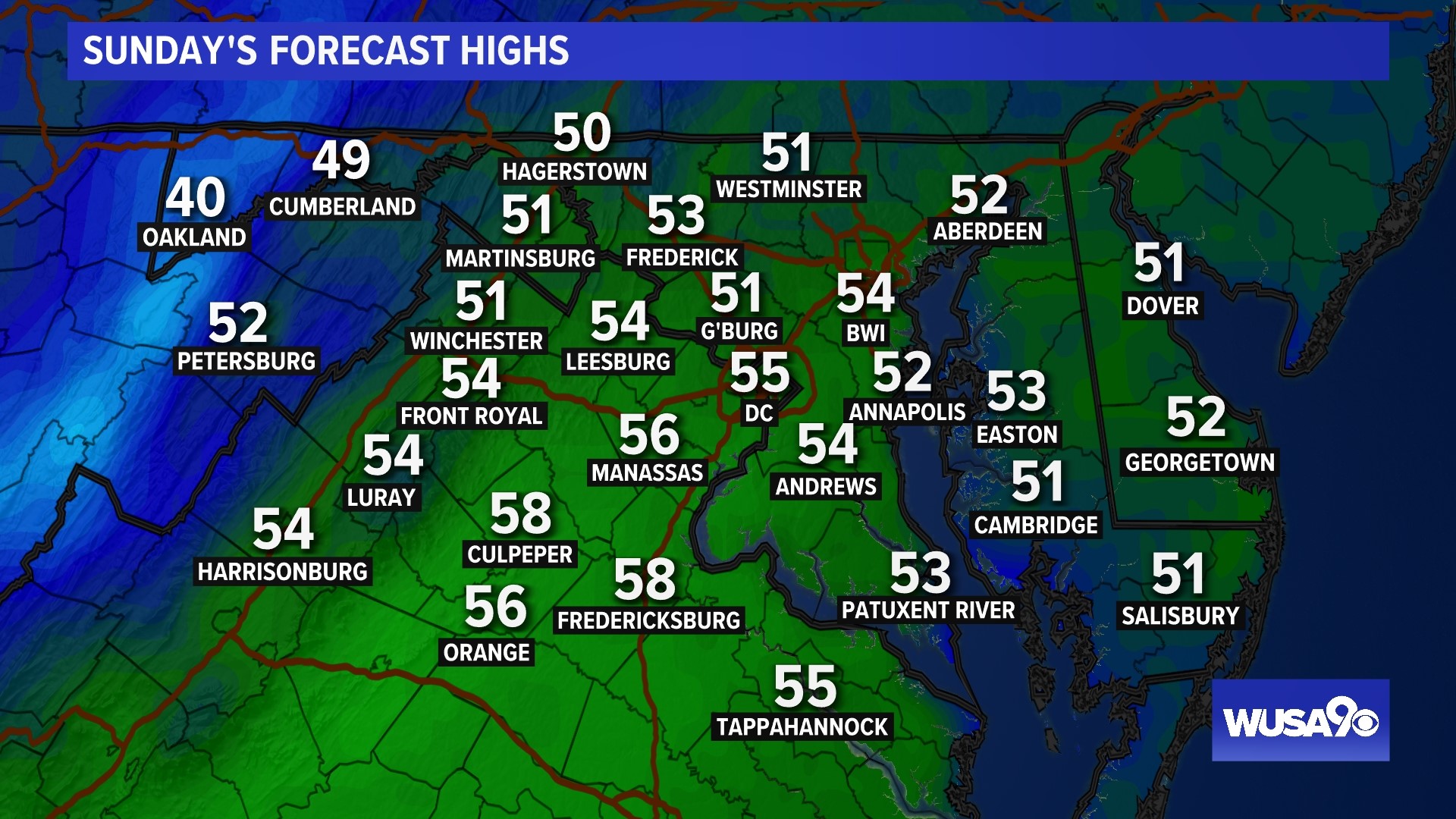WASHINGTON — Time is running out on winter! Spring is around the corner, that means soon flowers will start blooming and we can ditch the heavy coats for shorts and sunglasses.
So what does the long term forecast hold? It's likely that we'll see above average temperatures in March, April and May.
The Climate Prediction Center's 3 Month Outlook shows a 40 to 50 percent probablity of above average temperatures. As for rain and other forms of precipitation, there are equal chances of being above or below average amounts.
Spring officially starts Sunday March 20th at 11:33 a.m.
We typically start to see consistent mild temperatures at the end of March, April and May. By March 25th, the average high in D.C. is 60 degrees. By April 20th the average high is 70 degrees and by May 28th the average high is 80 degrees. Plan those pool and beach days accordingly.


An early arrival may not be good
As we like to go out and enjoy the warm weather so do the trees. This means pollen counts will gradually go up, thus the start of allergy season.
An analysis by Climate Central shows that spring-like conditions in D.C. are arriving 11 days earlier. The researchers based their conclusions on "Leaf Out" markers. "Leaf Out" is the time that leaves come out on early spring plants. It's a common way to track plants in phenology Honeysuckle and lilac are used most often referenced.
Climate Central found that 76 percent of the cities analyzed are seeing their average spring first annual leaf come earlier. In all, 239 cities were observed and 181 of them saw the earlier emergence.
Researchers analyzed Annual first leaf Spring Index data from 1981 to 2019 from the USA National Phenology Network.
An earlier start to spring means allergy season starts earlier and may last longer, insects also come out earlier.
Meteorological Spring vs Astronomical Spring
Meteorological spring is based on temperature cycles usually for a three month block when temperatures are similar. For example, meteorological spring is March, April and May. This is the time of the year in D.C. where we typically start seeing highs climb to the 60s, 70s and 80s on a consistent basis.
The official start of spring (vernal equinox) is based on Earth's position in relation to the sun. Spring equinox typically occurs on or around March 21.
Spring equinox is determined by the sun's position directly above the equator. The sun's rays are most concentrated along the equator at this time.

